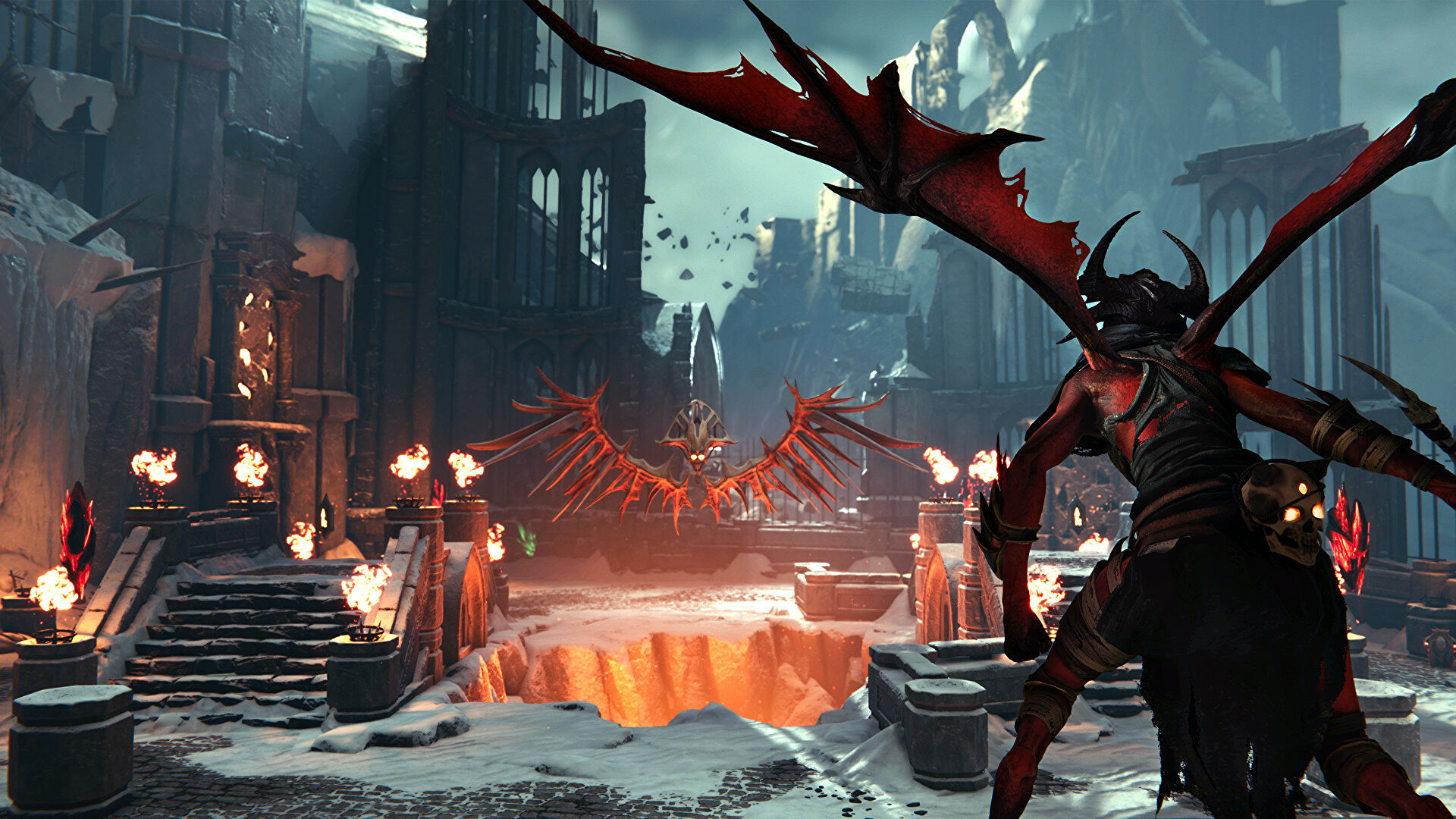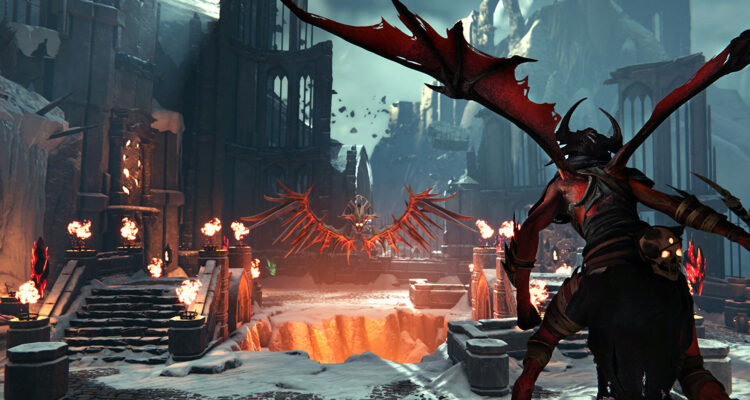
Forgive me, writers, but I could not recite a single lyric from the Metal: Hellsinger soundtrack. I want to say this is nothing personal – I can’t remember the lyrics to anything, being honest; maybe I’m just a bad listener – but actually, it is also a bit personal. This is just how metal works, how listening to metal works: a genre, like the classic music it’s always leant on, where each instrument has as much of a role in its storytelling and expression as a vocalist. To focus on one would be to miss the whole, enveloping gestalt of sound. You have to take it all in at once, to be both furiously dialled-in and totally zoned out, to enter the aural equivalent of a flow state. Or at least, this is what I would say if Mr. Hetfield ever quizzed me on why I can hum all eight-and-a-half minutes of Master of Puppets but only sing a couple words (Master, Master, something-something-something… faster). And more importantly, this is why Metal: Hellsinger is such absolute magic.
Metal: Hellsinger is a mashup of a rhythm game and a first-person shooter. Shooting in time with the beat of the music deals more damage and builds up a multiplier, missing the beat does the opposite. This is something that sounds like it’s been around for ages, like it makes perfect sense, but in reality I can see why, outside of a couple of lesser-known indies, it hasn’t really been done before. You want your shooting, in a shooter, to happen as and when you need it to happen, to be responsive and immediate, to be able to burst fire and empty a clip and pot-shot away when you need to – much the same as, I’d imagine, a composer would want their accompanying music to rise and fall with tension and difficulty and illustrate the drama of everything on screen. The practicality of constraining the two to the demands of each other, as well as the player, as well as themselves, sounds like a nightmare.
In Hellsinger it’s a dream. Somehow, this thing works, and I’m loath to look much further into it than that but also feel like I must. Peering closer you’ll see the seams of this game, the way it’s been pulled and stitched together, the things that had to stay on the cutting room floor. Metal: Hellsinger’s levels are decidedly linear, for instance, departing from the mazey side tunnels of Doom, from which it otherwise draws just so much inspiration. On paper this sounds like a bummer, in practise it’s perfectly sensible: you can’t go exploring off on side routes because this implies having time to go looking for side routes, to stop and ask yourself, “left or right?”





